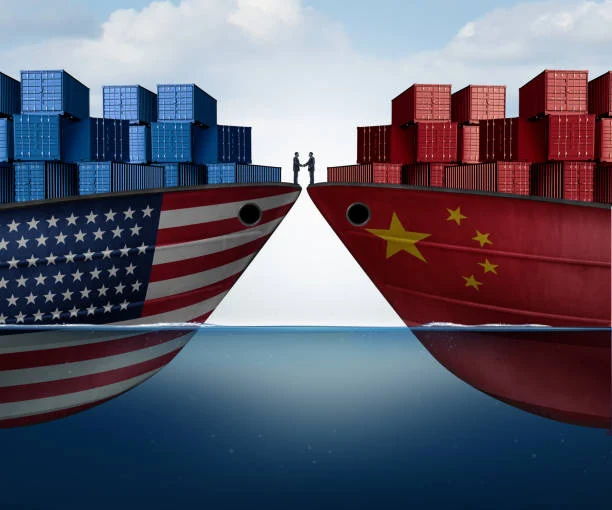
China’s e-commerce market has long been a global powerhouse, driven by giants like Alibaba, JD.com, and Pinduoduo. However, in recent years, tariffs—particularly those imposed during trade tensions with countries like the United States—have begun reshaping the market. These trade barriers are not just affecting exporters; they’re also influencing domestic players, altering supply chains, and changing consumer behaviors.
The Rise of Tariffs and Their Direct Impact
The introduction of tariffs on Chinese goods by countries such as the U.S. has led to increased costs for cross-border transactions. For many Chinese e-commerce exporters, this means:
- Higher product prices: To maintain profit margins, sellers often pass the added costs onto consumers.
- Reduced competitiveness: Price-sensitive buyers in overseas markets may shift to alternative suppliers from other countries.
- Logistical challenges: Tariffs can lead to increased customs scrutiny, delays, and added documentation requirements.
These factors collectively create friction in what was once a streamlined global supply chain.
Adaptation Strategies by E-commerce Platforms
To stay afloat and competitive, many Chinese e-commerce platforms have adopted innovative strategies:
- Localization of Warehouses: Companies like SHEIN and Alibaba are establishing overseas warehouses to reduce shipping costs and avoid certain import duties.
- Diversification of Markets: There's a strategic pivot toward Southeast Asia, Europe, and Latin America—regions where trade relations are less strained.
- Private Label Products: E-commerce platforms are increasingly launching private labels to maintain control over pricing and production, bypassing middlemen.
Tariff-Induced Innovation
Interestingly, tariffs have become a catalyst for innovation. Chinese sellers are investing in:
- Product R&D: To differentiate from competitors and justify higher prices.
- Automation and AI: Streamlining operations to reduce production and delivery costs.
- Green logistics: Sustainability initiatives that align with the environmental preferences of Western consumers.
This innovation is not just a survival tactic—it’s shaping the future trajectory of China’s e-commerce landscape.
Shifting Consumer Behavior
The ripple effect of tariffs has reached consumers as well. With rising prices on imported goods, Chinese consumers are:
- Turning to domestic alternatives, boosting the local e-commerce economy.
- Increasingly valuing price transparency and product origin.
- Becoming more supportive of local brands, fueling the “Guochao” (national trend) movement.
Global Implications
The tariff battle is redefining the global e-commerce ecosystem. Chinese sellers are forging new partnerships, reshaping logistics routes, and leveraging digital platforms to overcome trade barriers. This shift could permanently alter global retail dynamics and supply chain models.
Conclusion
Tariffs have undeniably posed challenges to China’s e-commerce market, but they have also spurred innovation, strategic diversification, and resilience. As trade policies continue to evolve, so will China’s digital commerce landscape—leaner, smarter, and more globally agile than ever before.


Post a Comment